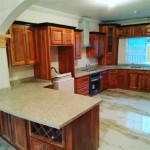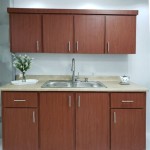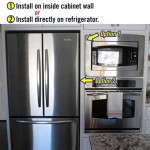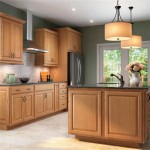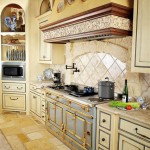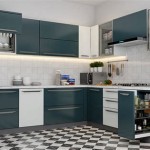Essential Aspects of Kitchen Cupboards and Sinks: A Comprehensive Guide
When designing a kitchen, the choice of cupboards and sinks is crucial. They not only contribute to the functionality and practicality of the space but also play a significant role in its overall aesthetic. This comprehensive guide will delve into the essential aspects of kitchen cupboards and sinks, offering insights into materials, styles, and design considerations to help you make informed decisions.Materials for Kitchen Cupboards
The material used for kitchen cupboards influences their durability, appearance, and maintenance requirements. Here are the popular materials to choose from:
- Wood: Solid wood exudes warmth and sophistication, but it requires regular maintenance and can be susceptible to moisture.
- Laminate: Laminate is a durable and affordable option that mimics the look of wood or other materials.
- Particleboard: Particleboard is a budget-friendly choice but is less durable and prone to warping if exposed to moisture.
- MDF (Medium-Density Fiberboard): MDF is a dense and moisture-resistant material that offers a smooth finish.
- Acrylic: Acrylic is a high-gloss material that is both durable and easy to clean.
Styles of Kitchen Cupboards
The style of kitchen cupboards can enhance the overall ambiance and complement the existing décor. Consider the following styles:
- Shaker: Shaker-style cupboards feature simple recessed panels with clean lines, offering a classic and timeless look.
- Raised Panel: Raised panel doors feature panels that are raised above the frame, creating a more ornate and traditional style.
- Slab: Slab doors are flat and frameless, providing a modern and minimalist aesthetic.
- Louvered: Louvered doors have horizontal slats that allow for ventilation and can be used in areas with high moisture.
- Glass-fronted: Glass-fronted cupboards display the contents within, offering a unique and decorative touch.
Materials for Kitchen Sinks
The material used for kitchen sinks affects their functionality, durability, and hygiene. Here are the commonly used materials:
- Stainless Steel: Stainless steel sinks are durable, corrosion-resistant, and easy to clean, making them a popular choice for modern kitchens.
- Granite Composite: Granite composite sinks are made from a mixture of granite and resin, offering a natural stone look with enhanced durability.
- Ceramic: Ceramic sinks are glazed and available in a wide range of colors and designs, but they can be prone to chipping.
- Fireclay: Fireclay sinks are made from clay and fired at high temperatures, resulting in a durable and heat-resistant material.
- Acrylic: Acrylic sinks are non-porous, stain-resistant, and available in a variety of colors and shapes.
Styles of Kitchen Sinks
The style of kitchen sinks complements the overall design of the space. Choose from the following styles:
- Undermount: Undermount sinks are installed below the countertop, creating a seamless and modern look.
- Topmount: Topmount sinks sit on top of the countertop, providing a traditional and cost-effective option.
- Farmhouse: Farmhouse sinks are large and deep, often installed as standalone pieces, offering a rustic and charming touch.
- Apron Front: Apron front sinks have a decorative panel that extends below the countertop, creating a focal point in the kitchen.
- Double Bowl: Double bowl sinks provide two separate basins, allowing for multi-tasking and efficient dishwashing.
Design Considerations
When selecting kitchen cupboards and sinks, consider the following design aspects:
- Layout: Plan the layout of the cupboards and sink to optimize functionality and workflow.
- Storage: Determine the storage requirements and choose cupboards with features like drawers, shelves, and organizers.
- Size: Consider the size of the kitchen, the amount of counter space available, and the sink's workload.
- Color and Finish: Select colors and finishes that complement the existing décor and create the desired ambiance.
- Budget: Set a budget for the cupboards and sink based on the materials, styles, and design requirements.

Sink Base Units Kitchen Diy Kitchens

17 Ways To Organise Your Under Sink Kitchen Cabinet Houzz

Types Of Kitchen Sinks The Home Depot

How To Replace A Kitchen Sink Base Cabinet Vevano

Hampton Bay Shaker 36 In W X 24 D 34 5 H Assembled Sink Base Kitchen Cabinet Dove Gray Ksb36 Sdv The Home Depot

Options For A Kitchen Design With No Window Over The Sink Victoria Elizabeth Barnes Decor Cabinets Wall

How To Choose A Kitchen Sink Capitol Kitchens And Baths

The Tricks To Using Your Under Sink Area For Kitchen Storage

Kitchen Cabinet Pull Out Ideas

How To Choose Kitchen Sink Size Qualitybath Com Discover
Related Posts

